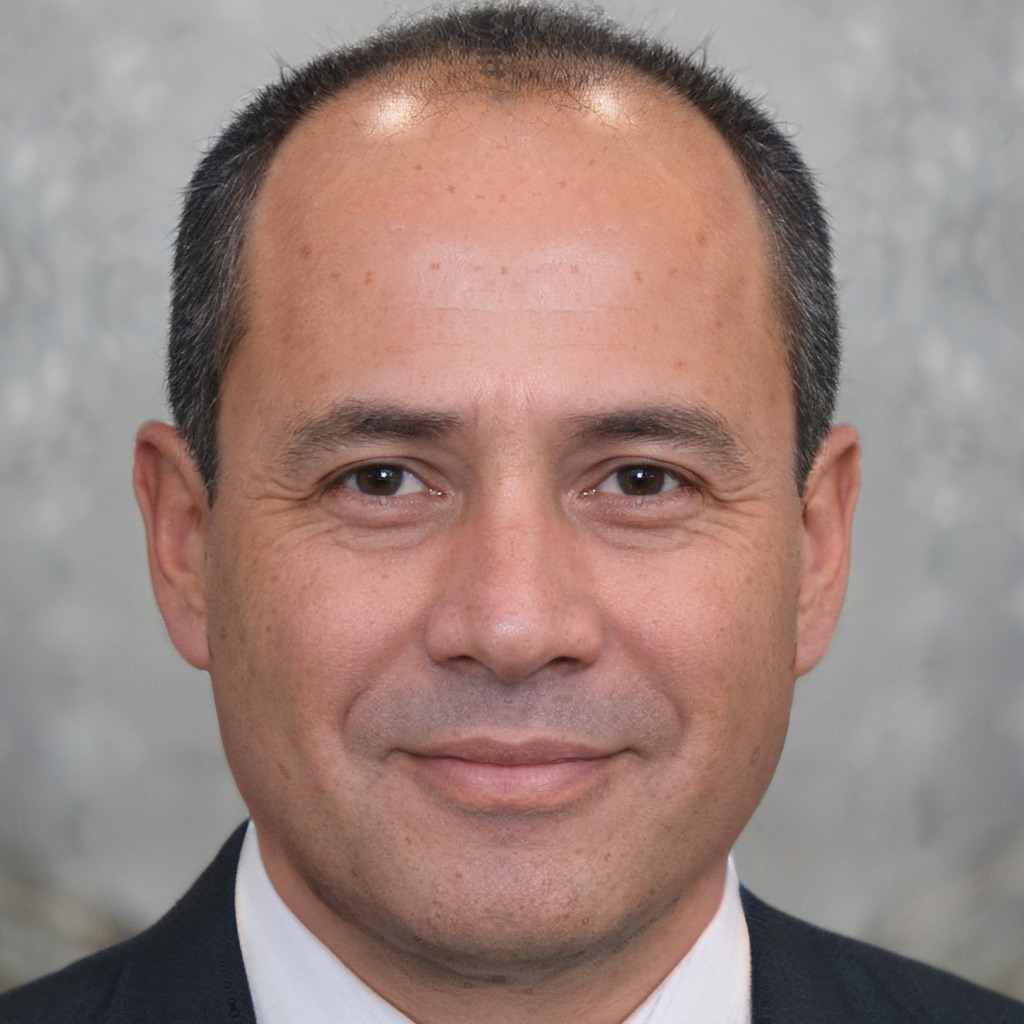Understanding Urban vs. Rural Insurance Prices
What Are Urban Insurance Prices?
When I think about urban insurance prices, I picture the hustle and bustle of city life. In cities, car insurance tends to be more expensive.
Why? There are a few reasons. First, cities have more cars on the road, leading to a higher chance of accidents.
More traffic often results in more claims, and insurance companies adjust their rates accordingly.
For example, if I live in a big city like New York, my insurance premium could be significantly higher than if I lived in a small town.
According to recent data, urban drivers can pay anywhere from 20% to 50% more than their rural counterparts. That’s a substantial difference!
How Rural Insurance Costs Differ
Now, let’s flip the coin and look at rural insurance costs. Living in the countryside has its perks, especially regarding car insurance.
Generally, rural areas have fewer cars and less traffic, resulting in lower chances of accidents.
As a result, insurance rates tend to be cheaper.
In my experience, people living in rural areas might pay 30% to 40% less for car insurance. This can be a huge relief for anyone trying to save money.
Plus, rural drivers are often seen as lower risk by insurers, leading to even better rates.
Key Factors Influencing Urban vs. Rural Insurance
Several key factors play a role in the differences between urban and rural insurance prices. Here’s a quick breakdown:
| Factor | Urban Areas | Rural Areas |
|---|---|---|
| Traffic Density | High | Low |
| Accident Rates | Higher | Lower |
| Theft Rates | Higher | Lower |
| Distance Traveled | Often longer | Often shorter |
| Insurance Claims | More frequent | Less frequent |
As you can see, traffic density and accident rates are major players in the game. In urban areas, the streets are crowded, and accidents happen more often. On the flip side, rural drivers enjoy quieter roads and fewer mishaps.
Factors Affecting Insurance Rates
How Location Impacts Insurance Premiums
When I think about car insurance, location is one of the first things that pops into my mind. It’s like the saying, “Location, location, location!” The place where I live can significantly change how much I pay for my insurance. For example, if I live in a busy city, my premiums are likely to be higher. Why? Because there are more cars on the road, which means a greater chance of accidents. Conversely, if I live in a small town or rural area, my rates might be lower due to fewer cars and less traffic.
The Role of Crime Rates in Pricing
Crime rates also play a big part in how much I pay. If I live in an area where car theft is common, my insurance company might charge me more. They see that as a risk. For instance, if I parked my car in a neighborhood with high theft rates, I might pay more for the peace of mind that my car will be safe.
Comparing Risk Assessment in Urban and Rural Areas
Let’s break this down a bit further. Here’s a quick comparison:
| Factor | Urban Areas | Rural Areas |
|---|---|---|
| Traffic Density | High | Low |
| Accident Rates | Higher | Lower |
| Crime Rates | Higher | Lower |
| Insurance Premiums | Generally Higher | Generally Lower |
In urban areas, the risk is higher due to traffic and crime, leading to higher premiums. In rural areas, with less traffic and lower crime, I might find myself paying less. So, if I’m considering moving, I’ll definitely think about how my new location could impact my car insurance.
The Cost of Living and Insurance
How Urban Living Affects Insurance Prices
Living in a bustling city can be exciting, but it also comes with higher insurance prices. I’ve noticed that in urban areas, the cost of car insurance tends to be on the steep side. Why? There are a few reasons.
First, cities often have more traffic. This means more chances for accidents. When insurers see that, they raise their rates. There’s also a higher chance of theft in urban settings. If you park your car on a busy street, it’s more vulnerable. Insurers take this into account and adjust their prices accordingly.
The Affordability of Rural Insurance
On the flip side, I’ve found that living in a rural area usually means lower insurance costs. The roads are often less crowded, which means fewer accidents. Plus, there’s generally a lower risk of theft. This can lead to more affordable insurance premiums.
Here’s a quick look at the differences:
| Factor | Urban Areas | Rural Areas |
|---|---|---|
| Traffic Levels | High | Low |
| Accident Risk | Higher | Lower |
| Theft Risk | Higher | Lower |
| Insurance Cost | Higher | Lower |
Understanding Geographic Insurance Pricing Differences
It’s important to recognize that where you live can shape your insurance costs. Urban vs Rural Insurance Prices can vary greatly. For instance, I remember when I moved from a city to a small town. My insurance premium dropped significantly!
This shift wasn’t just a coincidence. Insurers look at local crime rates, weather patterns, and even how many people live in an area. All these factors come together to create a picture of risk. If you’re in a low-risk area, you can expect to pay less.
Insurance Price Comparison
Comparing Urban vs. Rural Insurance Rates
When I started looking into Urban vs Rural Insurance Prices, I quickly realized that where I live can significantly change how much I pay for car insurance. In cities, the rates are often higher. Why? There are more cars on the road, and accidents can happen more frequently. Plus, theft rates can be higher in urban areas. On the flip side, in rural areas, the roads are quieter, and there are fewer accidents. This usually means lower insurance rates.
Here’s a simple table to break it down:
| Factor | Urban Areas | Rural Areas |
|---|---|---|
| Traffic Density | High | Low |
| Accident Rates | Higher | Lower |
| Theft Rates | Higher | Lower |
| Average Premiums | More Expensive | Less Expensive |
What to Look for in Insurance Quotes
When I started gathering insurance quotes, I learned that not all quotes are created equal. I had to pay attention to a few key things. First, I looked at the coverage options. Some companies offer basic coverage, while others have more extensive plans. Next, I checked the deductibles. A higher deductible usually means a lower premium, but I had to ask myself if I could afford to pay that amount in case of an accident.
I also made sure to compare discounts. Some insurers give discounts for safe driving, bundling policies, or even for being a good student. It’s like finding hidden treasures in my search for the right policy.
Tips for Finding the Best Insurance Deals
Here are some handy tips I picked up along the way that helped me snag a great insurance deal:
- Shop Around: Don’t settle for the first quote. I compared multiple companies to find the best price.
- Ask About Discounts: Always ask if there are any discounts available. You might be surprised at what you can save!
- Review Your Policy Regularly: Life changes, and so do insurance needs. I make it a point to review my policy each year.
- Consider Usage-Based Insurance: If I don’t drive much, this type of insurance could save me money.
In the end, taking the time to compare rates and understand what I was getting helped me feel more confident in my choice.
Insurance Premium Differences
Why Urban Drivers Pay More
Living in the city has its perks, but when it comes to car insurance, it can hit the wallet pretty hard. Urban drivers often face higher premiums. Why? There are a few reasons.
First, cities are crowded. More cars on the road mean a higher chance of accidents. Insurance companies see this and adjust their rates accordingly. Also, urban areas tend to have higher rates of theft and vandalism. If you park your car on a busy street, you might worry more about it getting scratched or stolen.
Here’s a quick breakdown of some factors that lead to increased costs for urban drivers:
| Factor | Impact on Premiums |
|---|---|
| Traffic Congestion | Higher accident rates |
| Theft Rates | Increased risk of loss |
| Public Transport Availability | Less reliance on cars |
The Benefits of Rural Insurance Rates
Now, let’s talk about rural drivers. If you live in the countryside, you might be smiling a bit more when it comes to your insurance bill. Rural areas usually have lower premiums. Why? It’s simple: fewer cars on the road mean fewer accidents. Plus, there’s less crime, which means less worry about theft.
Living in a quiet area can feel like a breath of fresh air, especially when you see how much you save on insurance.
Making Sense of Urban vs. Rural Insurance
Is Urban Insurance Worth the Cost?
When I think about urban insurance, I often wonder if it’s really worth the price tag. Living in the city can mean higher rates because of more traffic, accidents, and theft. But, there’s a flip side. City life also offers a lot of conveniences that can make it easier to get help when I need it.
For example, I might have quick access to repair shops or emergency services. But I can’t ignore the fact that my premiums are usually higher than my friends who live in the countryside. So, is it worth it? Well, it depends on what I value more—safety and convenience or saving a few bucks.
The Advantages of Choosing Rural Insurance
On the other hand, when I look at rural insurance, I see some significant benefits. First off, the rates are generally lower. Why? There are fewer cars on the road, which means less chance of accidents. Plus, the crime rate is usually lower in rural areas, making theft less of a concern.
Here are a few advantages I see with rural insurance:
- Lower Premiums: I can save money each month.
- Less Traffic: Fewer cars mean a safer driving environment.
- Community Feel: I often know my neighbors, which can lead to a sense of security.
How to Decide Between Urban and Rural Insurance
Deciding between urban and rural insurance can feel tricky, but it doesn’t have to be. Here’s a simple table to help me weigh my options:
| Factor | Urban Insurance | Rural Insurance |
|---|---|---|
| Cost | Higher premiums | Lower premiums |
| Traffic | Heavy traffic | Light traffic |
| Crime Rate | Higher risk of theft | Lower risk of theft |
| Access to Services | Quick access to services | Longer travel times |
When I’m making my choice, I think about where I live, how often I drive, and what I can afford. It’s all about finding a balance that suits my lifestyle.

My name is Henrique, I’m 47 years old, and I’ve been working in insurance since I was 23. I’ve spent over two decades helping people protect their most valuable assets—and today, with my full focus on the world of cars, I continue with the same mission: ensuring your safety on life’s roads.
Over the years, I’ve come to understand that car insurance is much more than a legal requirement. It represents freedom, peace of mind, and responsibility. Whether you’re an experienced driver or just getting your license, my job is to translate the technical details into clear, informed decisions.

